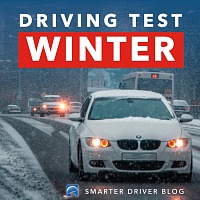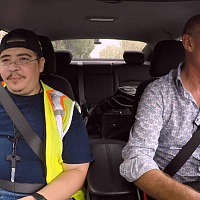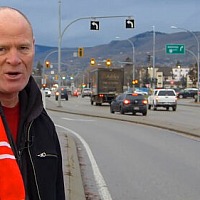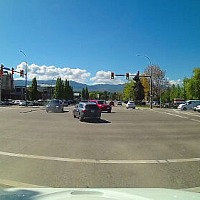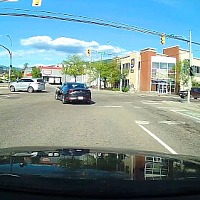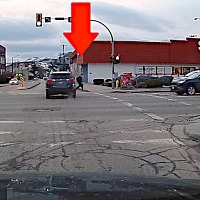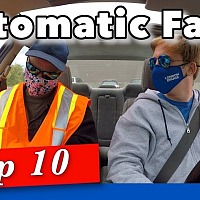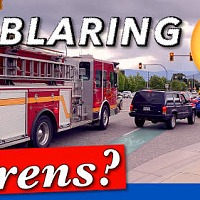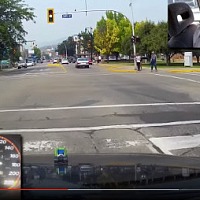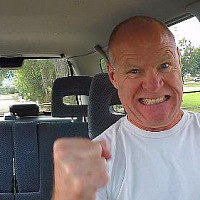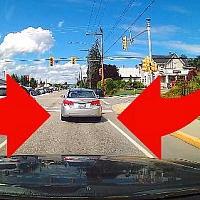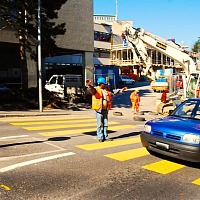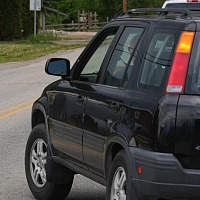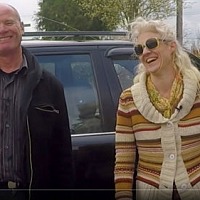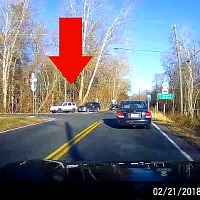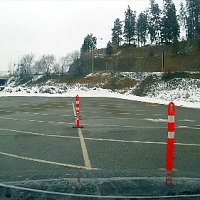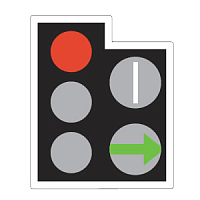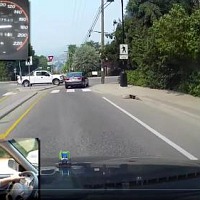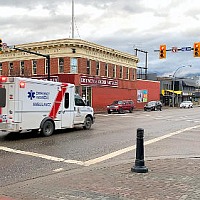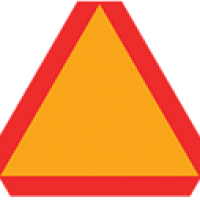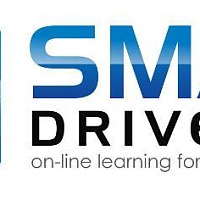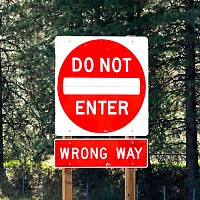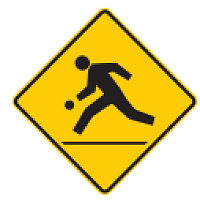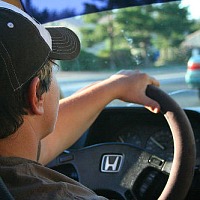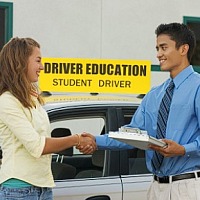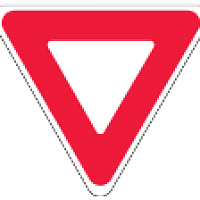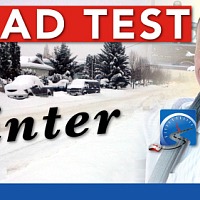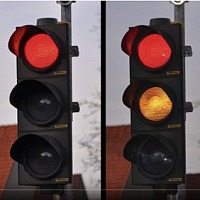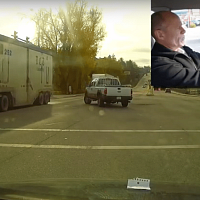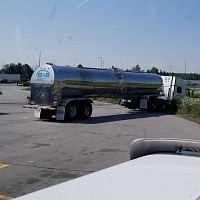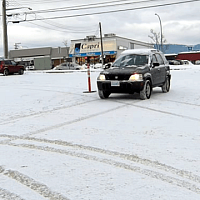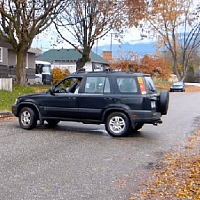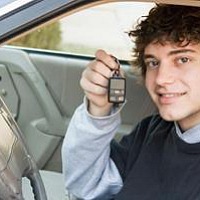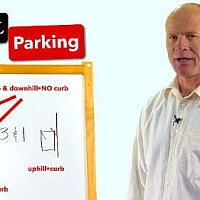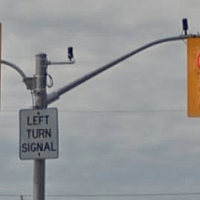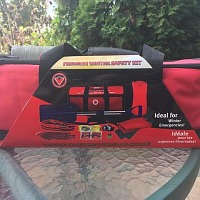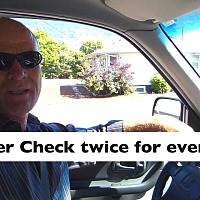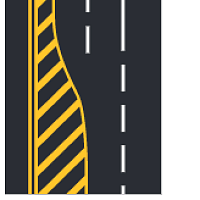Learn the correct response when emergency vehicles approach.
What To Do When An Emergency Vehicle Approaches
Summary• Emergency vehicles include: ambulance, fire trucks, police and some times search and rescue •In some places, volunteer firefighters will use green flashing lights to respond to an emergency •For the purposes of a driver's test you must pull over to the nearest edge of the road and stop •It is an automatic fail on a driver's test if you do NOT stop for an emergency vehicle •If you're stopped at an intersection, often staying stopped is your best option •Emergency vehicles travel in packs, so if there's an ambulance, be on the lookout for police or fire trucks •If you're at an intersection or roundabout, you may have to turn right to clear the way for the emergency vehicle •The only time you don't have to stop is on a highway that is divided by either a concrete barrier or grass median •All places in North America now have "move over" laws, which require you to slow to 40mph (60kph) and move to the left lane when passing stopped emergency and work crews on the side of the road Updated: Apr 2023 |
Closed Caption
Introduction
[Rick] You can hear it, but you can't find it.
Where's that goofy emergency vehicle? Hi there, smart driver.
Rick was Smart Drive Test talking to you today about emergency vehicles, both for the purposes of staying safe and passing a driver's test.
Stick around.
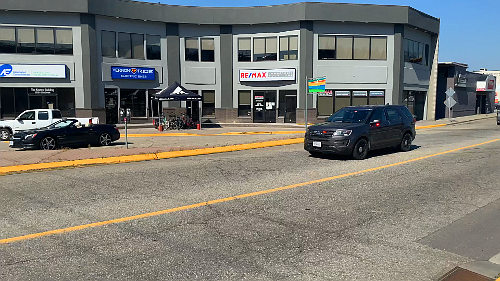 An undercover police vehicle responds to an emergency with lights and sirens.
An undercover police vehicle responds to an emergency with lights and sirens.
We'll be right back with that.
Welcome back, talking to you today about emergency vehicles.
These include police vehicles, ambulance, and fire trucks.
And in some cases it may be search and rescue.
In the event of a catastrophic emergency, search and rescue will respond as well.
Volunteer Fire Fighters
In some cases they'll have flashing green lights.
These are volunteers who've been called in to the fire station and are responding to an emergency.
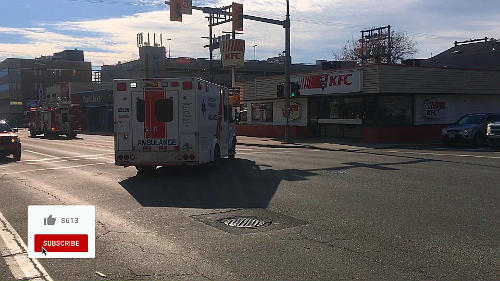 Emergency vehicles travel is groups. In other words, if there's an ambulance, there's often going to be fire or police close behind.
Emergency vehicles travel is groups. In other words, if there's an ambulance, there's often going to be fire or police close behind.
So those will be in some places, in some jurisdictions.
Know that emergency vehicles travel in packs.
Emergency Vehicles are Pack Animals
So if there's an ambulance and you see it and you stop for the ambulance, know that there may be a firetruck behind it as well or police vehicles.
So keep an eye out, know that there may be other emergency vehicles within a very short time or within very close proximity to the original emergency vehicles.
So you may just want to pause, have another look around and make sure that there aren't any more emergency vehicles.
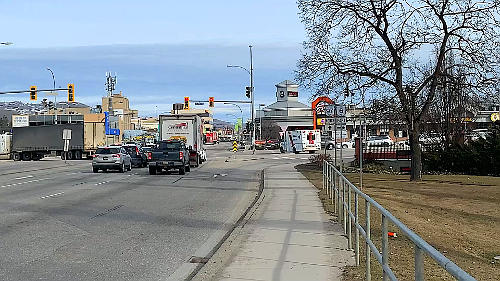 If you're at an intersection and an emergency vehicle approaches, often just staying put is your best option.
If you're at an intersection and an emergency vehicle approaches, often just staying put is your best option.
Staying Put is Some Times Your Best Option
In most instances, if you're at an intersection, simply stay stopped.
That is your safest option.
 If you're at an intersection and an emergency vehicle approaches, you may have to turn right to clear a way for the first responder. Watch to see that the emergency vehicle didn't follow you.
If you're at an intersection and an emergency vehicle approaches, you may have to turn right to clear a way for the first responder. Watch to see that the emergency vehicle didn't follow you.
Try not to proceed through the intersection because that's simply going to impede the movement of the emergency vehicles through the intersection.
Stay stopped.
If you do have to move out of the way, oftentimes a right hand turn through an intersection or a roundabout is going to be your best option.
Move Through the Intersection or Roundabout, or Turn Right
But as soon as you turn the corner, stop, pause, have a look around and make sure that the emergency vehicle didn't follow you around the corner because if you proceed after you make the right hand turn.
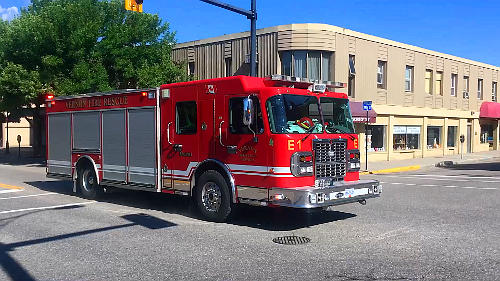 For the purposes of a driver's test, you must come to a stop immediately when you see the emergency vehicle.
For the purposes of a driver's test, you must come to a stop immediately when you see the emergency vehicle.
Again, you're going to impede the movement of the emergency vehicle and cause confusion.
And this increases the chances of being involved in a crash.
Pulled Over by Police
Just on a quick note, if you are pulled over by police, you don't have to pull over immediately.
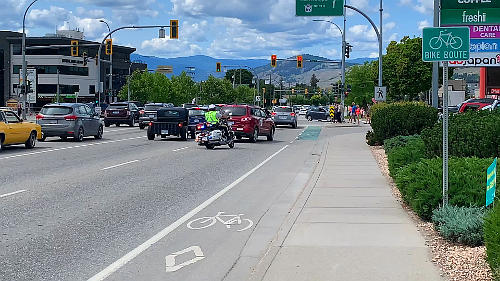 When pulled over by police you don't have to stop immediately. Drive to a minor road where both you and the officer are safer.
When pulled over by police you don't have to stop immediately. Drive to a minor road where both you and the officer are safer.
Go to a parking lot or someplace on a minor road where you can stop safely.
A minor road is preferable.
According to my friend Tim over at DriveSmartBC—a retired police officer—he has been absconded by business owners when pulling people over in parking lots.
And then you can talk to the officer and do what you need to do to keep both yourself and the police officer safe.
It's Not Always Going to be the Right Side of the Road
For the purposes of a driver's test, you have to come to a stop immediately and that's not always on the right side of the road for those of us that drive on the right side of the road in the world.
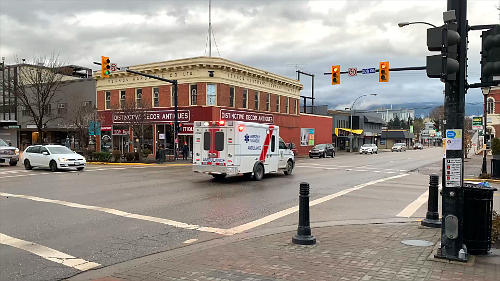 For those of us that drive on the right side of the road, the right edge of the road is not always going to be the closest edge of the road.
For those of us that drive on the right side of the road, the right edge of the road is not always going to be the closest edge of the road.
Sometimes it may be the left shoulder is going to be your best bet to get out of the way of the emergency vehicle.
Now, if you're on a highway and you pull over, activate your hazard lights, your four way flashers, as soon as you pull over.
That will tell traffic behind you that you're pulled over and get their attention.
And they will probably become alert to the fact that there's an emergency vehicle and won't drive into the back end of you.
And activate your hazard lights for the duration that you're going to be sitting there.
And for those of you in the province of Ontario, this is actually a maneuver on your driver's test.
Look up in the corner there, I'll put a card up for you on the full video on that.
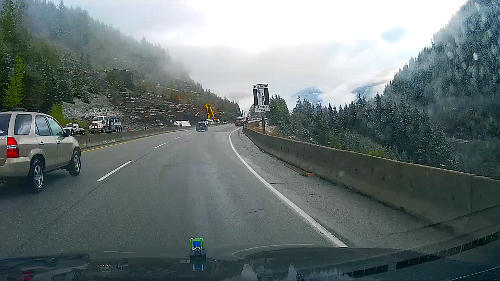 The only time you don't have to move over is when there is a concrete barrier or grass median that's separating lanes of traffic.
The only time you don't have to move over is when there is a concrete barrier or grass median that's separating lanes of traffic.
Always an Exception to the Rule
The only time that you don't have to stop for an emergency vehicle is if you're on a highway divided by a concrete barrier and the emergency vehicle is on the other side of the roadway.
Most jurisdictions in the world now have move over laws.
So if there's an emergency vehicle along the side of the road attending to a crash scene or has somebody pulled over or attending to an emergency, then you need to move over to the other lane if you're on a multi-lane roadway and reduce your speed.
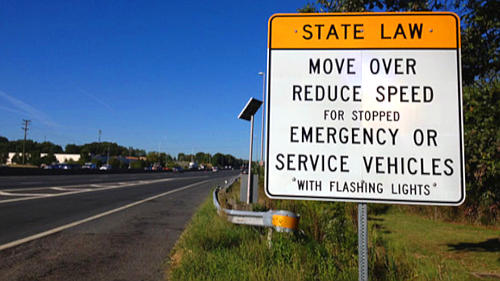 All jurisdictions in North America have "Move Over" laws that require you to slow to 40mph (60kph) and move to the left lane if possible.
All jurisdictions in North America have "Move Over" laws that require you to slow to 40mph (60kph) and move to the left lane if possible.
"Move Over" Laws
Most of the time it's 60 kilometers an hour or 40 miles an hour.
Have a look in your handbook for those specific speeds that you need to pass the pulled over emergency vehicles.
And as well, know that in addition to the volunteer people that we were talking about at the beginning, sometimes it can be amber lights and blue lights as well and people pulled over on the side of the road could be road maintenance crews, such as tow trucks and snowplows and those types of things.
If you're on a freeway and there's an emergency vehicle, be very careful about pulling off on the shoulder of the road.
Sometimes, actually in my experience, most of the time, pulling off on a freeway is not recommended.
 Emergency vehicles consist of ambulance, fire trucks, police and some times search and rescue vehicles.
Emergency vehicles consist of ambulance, fire trucks, police and some times search and rescue vehicles.
Simply pull into the right hand lane, slow down and allow the emergency vehicle to pass in the passing lane because other traffic generally, for whatever reason, doesn't pull over on a freeway.
So that may not be your best option if you're on a freeway or interstate.
Question for Smart Drivers
If you have any further suggestions about emergency vehicles and handling situations with emergency vehicles.
Leave a comment down in the comments section there.
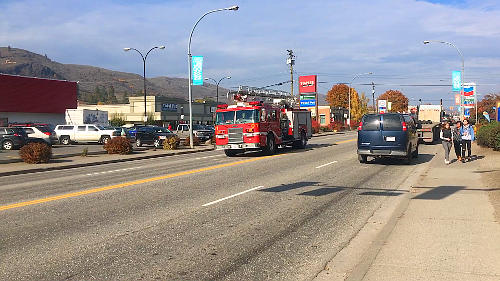 Sirens and flashing lights on emergency vehicles are a request for the right-of-way. To keep everyone safe, pull over and stop.
Sirens and flashing lights on emergency vehicles are a request for the right-of-way. To keep everyone safe, pull over and stop.
All of that helps us out.
And remember pick the best answer, not necessarily the right answer.
Have a great day.
Bye now.



